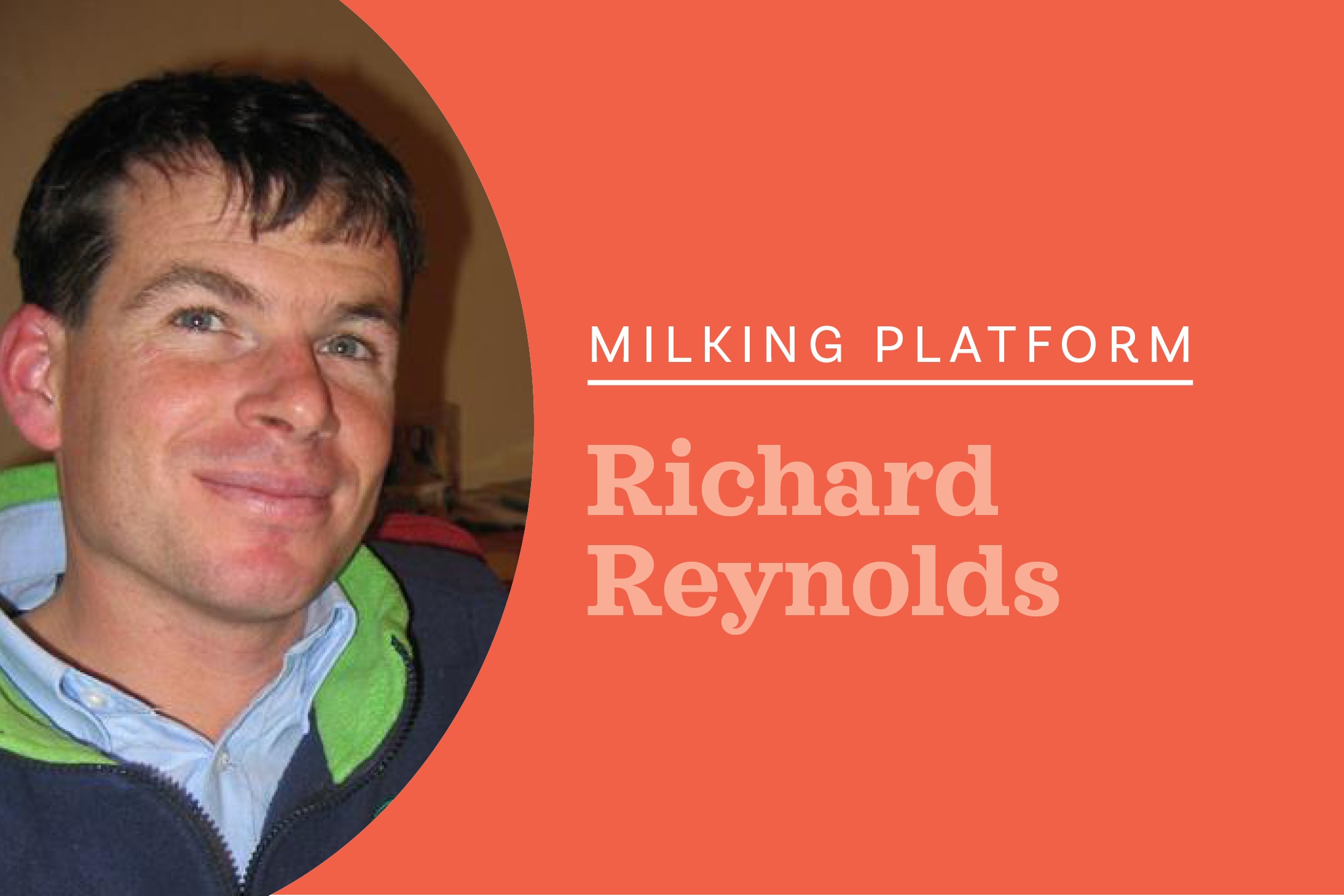In the midst of a wet and miserable spring, Hamish Hammond found the decision to move to once-a-day milking proved itself.
This season has started with a few challenges in the Wairarapa and it is a usual culprit – the weather! It has been dreary to say the least.
It is difficult farming in the conditions we have had. Mastitis and lameness rates are higher, cows have less condition, paddocks are damaged, and people stressed out.
When thinking about our recent situation one thing that comes to mind that has made life simpler for us was milking once-a-day (OAD), something we have been doing since 2018. In this article I will go over a snapshot of our OAD journey and hopefully identify some tips for farmers willing to try it.
Our first step on the move to full-season OAD started in March 2018. This initial late season foray was done to help us identify cows that would absolutely not be suitable for full-season OAD which was planned for the subsequent year.
Cows with poor udders and somatic cell-count (SCC) issues were the target group, and these were subsequently culled with confidence that we had identified the lowest hanging fruit. This initial change from twice-aday (TAD) to OAD milking brought with it a rise in bulk SCC by ~100k. This came down over the course of a week and returned to a normal pattern until drying off.
The next step, the big one, was to start OAD from the beginning of the season and never switch back. Some observations of the first season were:
- The transition seemed quite easy for the cows but more challenging for us humans.
- Bulk SCC wasn’t an obvious issue compared to TAD, although we got more mastitis cases early in the season compared to TAD.
- There was a production drop overall in that first season – for us it ended 9% down with 365kg milksolids (MS)/cow from 400kg MS on TAD.
- We tried to feed our cows the same as TAD, the difference was production didn’t peak as high but didn’t drop as quickly, and, most importantly, we didn’t have to worry about cow condition, the cows just didn’t lose weight like a TAD cow.
- Fewer lame cows.
- No mating intervention and a better (lower) empty rate.
- Happy cows and happy people.
Now, after three great seasons we feel we have hit somewhat of a sweet spot in our farm system. We have three staff, milking 600 cows producing ~420kg MS/cow (we hit this level of production in the second year of full-season OAD).
We rear all our own replacements and run a 60-hectare beef finishing operation on the side. Staff enjoy working fewer total hours and can finish work by three in the afternoon, once we are through the busy spring period.
Overall, our farm system is more sustainable and resilient than when we were TAD milking. What advice would I give for those considering a change in their milking frequency, especially going full-season OAD?
Focus on udders, and cull heavily on weak udder support during the transition phase. Feed your cows like a TAD cow and capture more days in milk (a high six-week-incalf rate will come with the transition, be prepared for the extra work this creates at calving). And lastly, get the whole team on board, and you will all reap the benefits.
Good luck.





